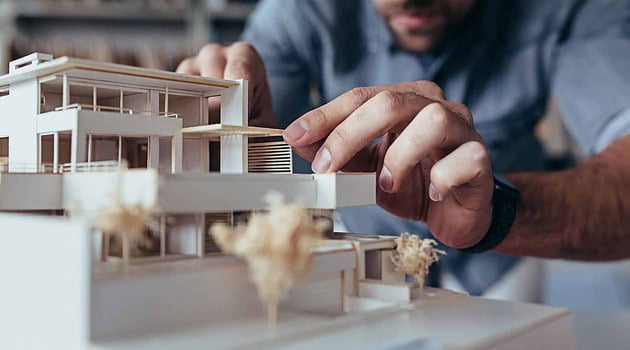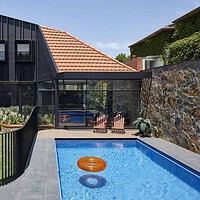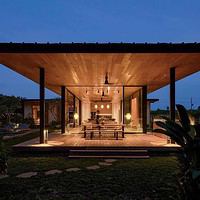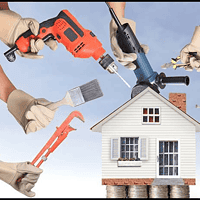Over the past decade, laser cutting and engraving has become commonplace in a wide range of industries. Architecture is a prime example of a field that has enormously benefited from laser technology. At each stage of an architectural project, laser technology can help architects turn ideas into reality – even those that were previously considered impractical or impossible. How can laser cutting and engraving be used in modern architecture?
Modeling
Any architect worth his salt starts a project with a 3D design. This is typically done in a CAD platform and is a way for the architect and client to agree on a design before committing to the actual construction. For big projects, it may not be enough for the proposed design to be confined to a digital workspace. Rather, an actual physical model needs to be built. This is where laser cutting technology comes into the picture.
Without lasers, these models typically had to be handcrafted – a respected craft, albeit a tedious and time-consuming one. Laser technology presents an elegant solution. By interfacing directly with CAD and other 3D design software, digital designs can be reproduced into physical parts quickly and accurately.
Compared to manual production, laser cutting and engraving can produce models up to 80% faster. The quick turnaround times provides more time for client review. Since the process is completely automated, you can be confident that designs are reproduced into models with the highest degree of accuracy. The level of precision of laser engraving even makes it possible to reproduce surface textures on your models.
There are practically no disadvantages to using laser technology for architectural modeling. First impressions are important, and you’re certainly bound to make a good impression when you present your client with a laser cut model.
Laser-cut facades
Moving on to the actual implementation of a construction project, laser cutting and engraving have been used in many projects all over the world to create unique and interesting facades. By adorning the outer surfaces of structures with customized and highly intricate patterns, designers are given the freedom to play with light – providing natural illumination to the internal space while affording a degree of privacy.
With laser cutting technology, panels for these facades can be imprinted with intricate and repeating patterns. Since laser cutting is highly precise, architects can be sure that patterns are consistent across the whole structure. The intensity of lasers can be easily adjusted, allowing them to penetrate or engrave a wide range of materials, including aluminum, stainless steel, brass, cement panels, or wood. Moreover, because it’s a non-contact technology, there are zero risks of the materials suffering secondary damage.
Interiors
Just about any architect will get excited to discover the degree of design freedom that laser cutting and engraving provides. In the same way that facades can be cut or engraved with custom designs, the same design principle can be applied to the interiors of a structure. Whether you want to display a custom piece of wall architecture in the main hall or you want to line your corridors with intricately designed screens and panels, laser technology can certainly help you realize your vision.
Since laser cutting machines seamlessly integrate with existing workflows, creating a custom interior piece can be as simple as coming up with a design in CAD. By working on a digital workspace, the design can be reviewed, collaborated on, and revised fairly quickly.
When it comes time to turn the design into a physical object, laser cutting and engraving can be relied on to do the job accurately. Laser technology is especially suited for creating multiple copies of the same object, which could prove instrumental if you need to create interior pieces for a large space.
Summary
Laser technology isn’t restricted to space-age applications and science labs anymore. In fact, products of laser technology are practically everywhere nowadays – from the electronics inside our smartphones to some of the most iconic buildings worldwide.
If you work on any architecture projects, laser cutting and engraving can provide across the board improvements to your existing workflow. From streamlining the planning phase to coming up with unique and innovative façades and interior panels, laser cutting and engraving technology can certainly help you stand out from the competition.















